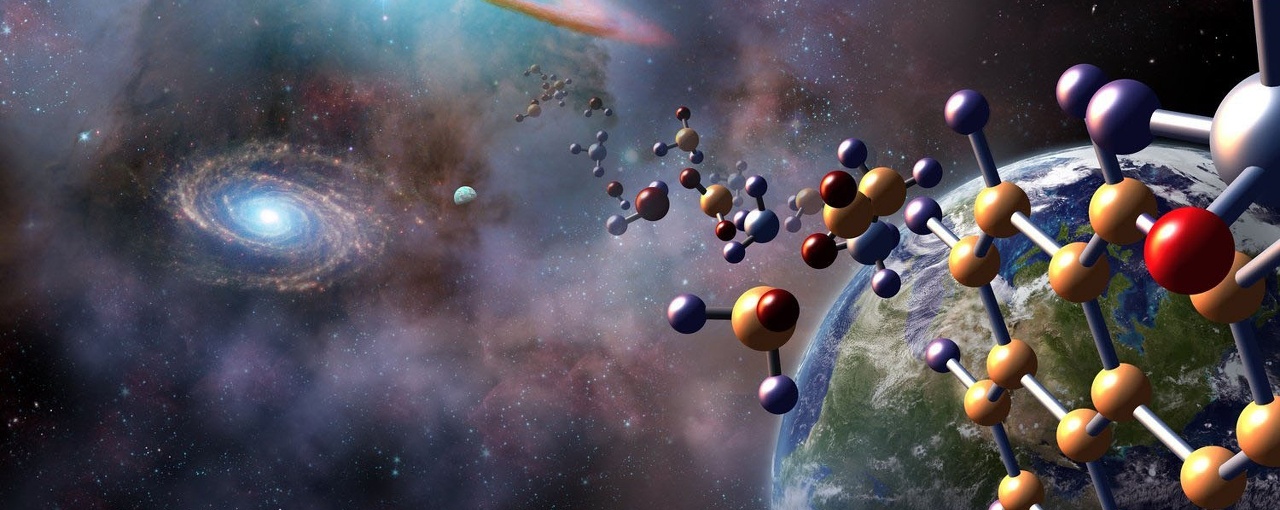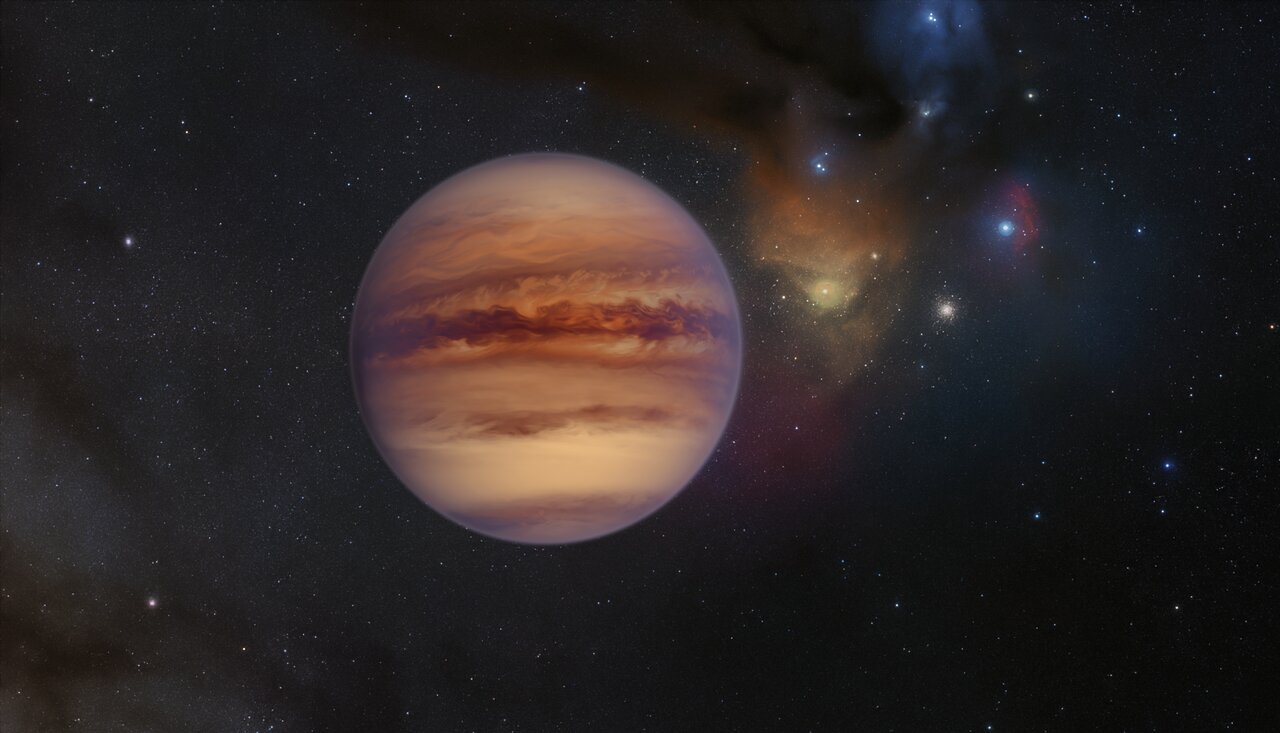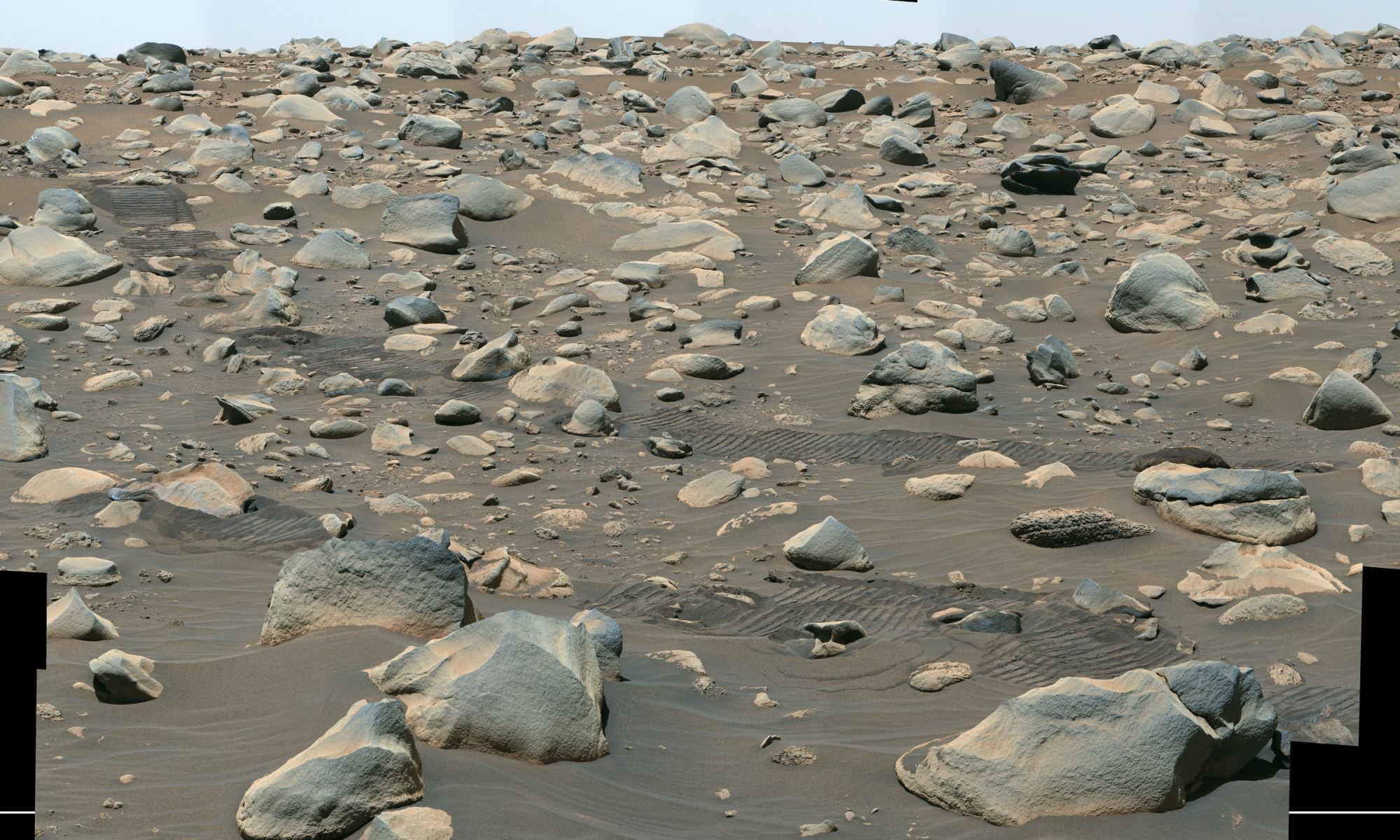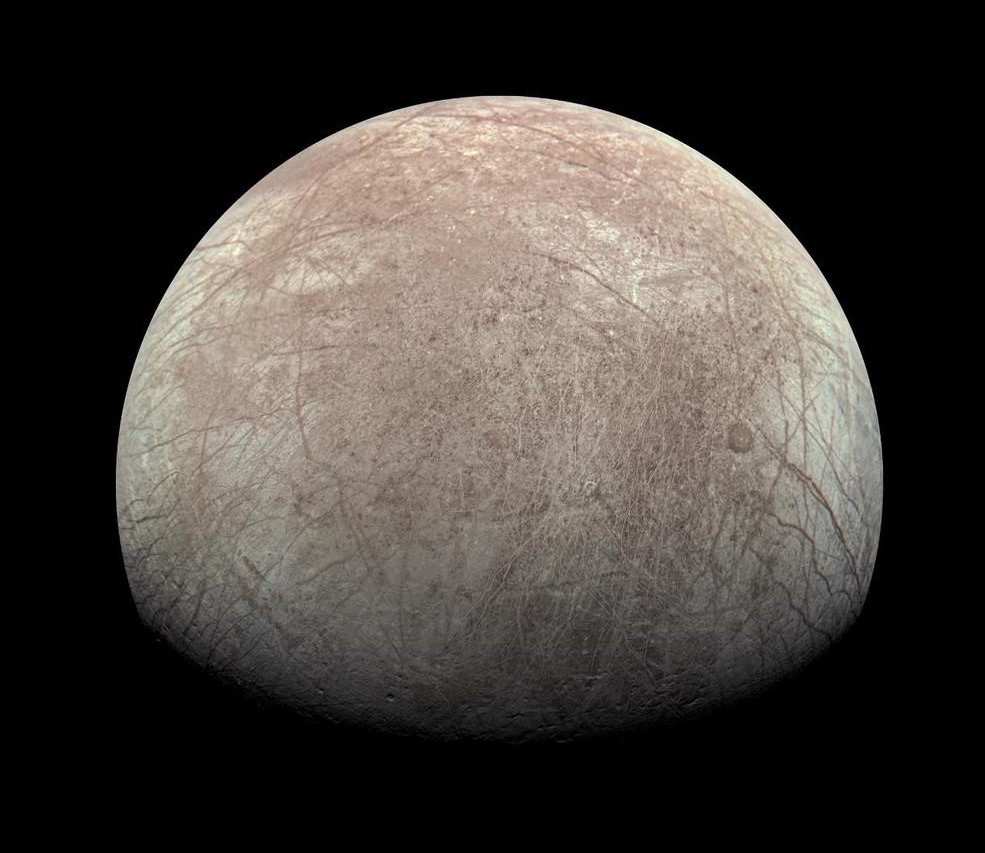Since time immemorial, humans have gazed up at the stars and wondered if we’re alone in the universe. We have asked if there are other intelligent beings out there in the vastness of the cosmos, also known as extraterrestrial intelligence (ET). Yet, despite our best efforts, we have yet to confirm the existence of ET outside of the Earth. While the search continues, it’s fair to speculate if they might look “human” or humanoid in appearance, or if they could look like something else entirely. Here, we present a general examination and discussion with astrobiologists pertaining to what ET might look like and what environmental parameters (e.g., gravity, atmospheric makeup, stellar activity) might cause them to evolve differently than humans.
Continue reading “Since Aliens Obey the Laws of Physics, Can We Guess What They Look Like?”If Earth is Average, We Should Find Extraterrestrial Life Within 60 Light-Years

In 1960, while preparing for the first meeting on the Search for Extraterrestrial Intelligence (SETI), legendary astronomer and SETI pioneer Dr. Frank Drake unveiled his probabilistic equation for estimating the number of possible civilizations in our galaxy – aka. The Drake Equation. A key parameter in this equation was ne, the number of planets in our galaxy capable of supporting life – aka. “habitable.” At the time, astronomers were not yet certain other stars had systems of planets. But thanks to missions like Kepler, 5523 exoplanets have been confirmed, and another 9,867 await confirmation!
Based on this data, astronomers have produced various estimates for the number of habitable planets in our galaxy – at least 100 billion, according to one estimate! In a recent study, Professor Piero Madau introduced a mathematical framework for calculating the population of habitable planets within 100 parsecs (326 light-years) of our Sun. Assuming Earth and the Solar System are representative of the norm, Madau calculated that this volume of space could contain as much as 11,000 Earth-sized terrestrial (aka. rocky) exoplanets that orbit within their stars’ habitable zones (HZs).
Continue reading “If Earth is Average, We Should Find Extraterrestrial Life Within 60 Light-Years”The Most Compelling Places to Search for Life Will Look Like “Anomalies”

In the past two and a half years, two next-generation telescopes have been sent to space: NASA’s James Webb Space Telescope (JWST) and the ESA’s Euclid Observatory. Before the decade is over, they will be joined by NASA’s Nancy Grace Roman Space Telescope (RST), Spectro-Photometer for the History of the Universe, Epoch of Reionization, and Ices Explorer (SPHEREx), and the ESA’s PLAnetary Transits and Oscillations of stars (PLATO) and ARIEL telescopes. These observatories will rely on advanced optics and instruments to aid in the search and characterization of exoplanets with the ultimate goal of finding habitable planets.
Along with still operational missions, these observatories will gather massive volumes of high-resolution spectroscopic data. Sorting through this data will require cutting-edge machine-learning techniques to look for indications of life and biological processes (aka. biosignatures). In a recent paper, a team of scientists from the Institute for Fundamental Theory at the University of Florida (UF-IFL) recommended that future surveys use machine learning to look for anomalies in the spectra, which could reveal unusual chemical signatures and unknown biosignatures.
Continue reading “The Most Compelling Places to Search for Life Will Look Like “Anomalies””If Rogue Planets are Everywhere, How Could We Explore Them?

At one time, astronomers believed that the planets formed in their current orbits, which remained stable over time. But more recent observations, theory, and calculations have shown that planetary systems are subject to shake-ups and change. Periodically, planets are kicked out of their star systems to become “rogue planets,” bodies that are no longer gravitationally bound to any star and are adrift in the interstellar medium (ISM). Some of these planets may be gas giants with tightly bound icy moons orbiting them, which they could bring with them into the ISM.
Like Jupiter, Saturn, Uranus, and Neptune, these satellites could have warm water interiors that might support life. Other research has indicated that rocky planets with plenty of water on their surfaces could also support life through a combination of geological activity and the decay of radionuclides. According to a recent paper by an international team of astronomers, there could be hundreds of rogue planets in our cosmic neighborhood. Based on their first-ever feasibility analysis, they also indicate that deep space missions could explore these unbound objects more easily than planets still bound to their stars.
Continue reading “If Rogue Planets are Everywhere, How Could We Explore Them?”How Will We the Find First Signs of Alien Life — and When?

When will we find evidence for life beyond Earth? And where will that evidence be found? University of Arizona astronomer Chris Impey, the author of a book called “Worlds Without End,” is betting that the first evidence will come to light within the next decade or so.
But don’t expect to see little green men or pointy-eared Vulcans. And don’t expect to get radio signals from a far-off planetary system, as depicted in the 1992 movie “Contact.”
Instead, Impey expects that NASA’s James Webb Space Telescope — or one of the giant Earth-based telescopes that’s gearing up for observations — will detect the spectroscopic signature of biological activity in the atmosphere of a planet that’s light-years away from us.
“Spectroscopic data is not as appealing to the general public,” Impey admits in the latest episode of the Fiction Science podcast. “People like pictures, and so spectroscopy never gets its fair due in the general talk about astronomy or science, because it’s slightly more esoteric. But it is the tool of choice here.”
This Mess of Boulders Was Deposited by an Ancient River on Mars

Since the Viking 1 and 2 missions visited Mars in 1976, scientists have been confronted with mounting evidence that Mars once had flowing water on its surface. The images collected by the twin Viking landers and orbiters showed clear signs of ancient flow channels, alluvial deposits, and weathered rocks. Thanks to the dozens of additional orbiters, landers, and rovers sent that have been sent there since scientists have been getting a clearer picture of what Mars once looked like. At the end of this journey, they hope to find evidence (if there’s any to be found) that Mars once supported life and still does today.
The latest evidence of Mars’ warmer watery past comes to us courtesy of NASA’s Perseverance rover, which continues to explore the Jezero Crater and obtain samples for the first Mars sample-return mission. On Friday, June 23rd, the rover obtained its 20th sample, which was drilled from a rocky outcropping known as “Emerald Lake.” Named “Otis Peak,” this sample is part of an outcropping formed by mineral deposits transported by an ancient river and could contain invaluable geological information about the many places these minerals came from.
Continue reading “This Mess of Boulders Was Deposited by an Ancient River on Mars”The Clouds of Venus Could Support Life
A recent study published in Astrobiology examines the likelihood of the planet Venus being able to support life within the thick cloud layer that envelopes it. This study holds the potential to help us better understand how life could exist under the intense Venusian conditions, as discussions within the scientific community about whether life exists on the second planet from the Sun continue to burn hotter than Venus itself.
Continue reading “The Clouds of Venus Could Support Life”A Lack of Alien Signals Actually Tells Us a Lot
In a recent study published in The Astronomical Journal, a researcher from the École Polytechnique Fédérale de Lausanne (EPFL) discusses the potential reasons why we haven’t received technoemission, also called technosignatures, from an extraterrestrial intelligence during the 60 years that SETI has been searching, along with recommending additional methods as to how we can continue to search for such emissions.
Continue reading “A Lack of Alien Signals Actually Tells Us a Lot”Europa’s Ice Rotates at a Different Speed From its Interior. Now We May Know Why

Jupiter’s moon, Europa, contains a large ocean of salty water beneath its icy shell, some of which makes it to the surface from time to time, and this vast ocean could host life, as well. Europa was most recently observed by NASA’s Juno spacecraft, but current examinations of the moon’s internal ocean are limited to computer models and simulations produced here on Earth, as no mission is actively exploring this tiny moon orbiting Jupiter. Other than the internal water occasionally breaching the icy shell and making it to the surface, what other effects could the internal ocean have on the icy shell that encloses it?
Continue reading “Europa’s Ice Rotates at a Different Speed From its Interior. Now We May Know Why”Moons Orbiting Rogue Planets Could be Habitable
When looking for signs of life beyond the Solar System, astrobiologists are confined to looking for life as we understand it. For the most part, that means looking for rocky planets that orbit within their star’s circumsolar habitable zone (HZ), the distance at which liquid water can exist on its surface. In the coming years, next-generation telescopes and instruments will allow astronomers to characterize exoplanet atmospheres like never before. When that happens, they will look for the chemical signatures we associate with life, like nitrogen, oxygen, carbon dioxide, methane, and ammonia.
However, astrobiologists have theorized that life could exist in the outer Solar System beneath the surfaces of icy moons like Europa, Callisto, Titan, and other “Ocean Worlds.” Because of this, there is no shortage of astrobiologists who think that the search for extraterrestrial life should include exomoons, including those that orbit free-floating planets (FFPs). In a recent study, researchers led by the Max Planck Institute for Extraterrestrial Physics (MPE) determined the necessary properties that allow moons orbiting FFPs to retain enough liquid water to support life.
Continue reading “Moons Orbiting Rogue Planets Could be Habitable”



